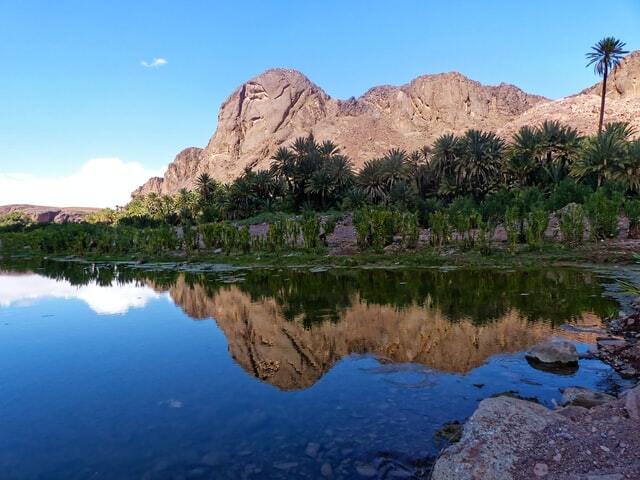
Exodus 15:27
“After leaving Marah, the Israelites travelled on to the oasis of Elim, where they found twelve springs and seventy palm trees. They camped there beside the water.”
When the Children of Israel left Marah, following the bitter water experience and the institution of the covenant of divine healing, they came to a place called Elim. It was a place of refreshment. A lavish Oasis in the desert surrounded by twelve springs of fresh and sweet water and seventy date palm trees. It is one bright spot in the ragged wilderness of Shur. It was the light at the end of the tunnel for Israel. A time of celebration, rejoicing and refreshment after a bitter experience. Psalms 30:5 declares, “For his anger lasts only a moment, but his favour lasts a lifetime! Weeping may last through the night, but joy comes with the morning.”
In many ways, Elim is significant for the church today as it was for Israel when they encountered that experience. It is indicative of the hope we have in Christ and His never-ending faithfulness to His promises. The great contrast between the bitter waters of Marah and the lavish Oasis in the desert, forces us to conclude that there is a behind the scene set-up.
According to some, the word “Elim” refers to something that “sticks out” or “protrudes” from “El” or God. This interpretation has led some to conclude that God miraculously planted Elim in the way of the journey to mount S. The specific submission of the narrative colludes with this interpretation. The twelve springs of fresh and sweet waters and the seventy dates palm trees in the middle of the wilderness attests to divine grace, love and provision.
Israel journeyed from the Red Sea to Marah for three days without finding water (Exodus 15:22). After they left Marah, following a failed test and a display of divine mercy, Israel reached Elim. The record seems to suggest that they spent about two and a half months at Elim before moving through the wilderness of Sin to mount Sinai (Exodus 16:1).
The significance of Elim to Israel and the church comes into sharper focus when we examine the specifics of the account. What interpretation can we deduce from the 12/70? Some Bible teachers saw the twelve disciples and the seventy missionaries Jesus sent out two by two (Luke 10:1). The significance I would prefer is Israel.
The twelve springs of waters have some resemblance to the twelve tribes of Israel. The seventy date palms trees is a reminder of their roots and the faithfulness of God to the promise He made to Abraham. Genesis 12:1-3 details a promise the Lord made to Abraham, which essentially includes the promise of a son, the promise of a land and the promise to make him into a great nation.
Elim is rooted in this promise. From Abraham came Isaac and from Isaac came Jacob, who later became the father of the twelve tribes of Israel through his sons. Following a series of divinely orchestrated events – a masterpiece of divine providence, Jacob ended up with his twelve sons and their immediate descendants in Egypt. Altogether, seventy individuals went into Egypt according to Exodus 1:5.
God is reminding the nation of Israel of the promise He made with their ancestors and how He is faithful to the promise. Israel was delivered from Egypt and was now heading to the land God promised Abraham. The seventy individuals represented a humble beginning, but by this time, they were now about three million people. God carefully protected them for over four hundred and thirty years since Abraham and then brought them to Elim as a reminder of His faithfulness.
Photo by MXI Art on Unsplash